 Square footage is always at a premium when you buy a home, but that’ even more so as prices climb and centralized neighborhoods become more attractive.
Square footage is always at a premium when you buy a home, but that’ even more so as prices climb and centralized neighborhoods become more attractive.
In fact, the average square footage of new homes has gone down since the zenith of McMansions in the mid-2000s. In neighborhoods like East Sacramento, Arden, midtown, Curtis Park, and more, we often find a lot of smaller homes – often with two bedrooms, one bathroom, and maybe only around 1,000 square feet – that are otherwise charming and perfect.
So, how can you make the most out of a small home, and make it look and feel much larger than it really is? Here are 20 hacks that “solve” your small home dilemma.
Hint: I can even help you with #20!
- Install floor to ceiling bookshelves to make your rooms look taller. It’s also great for additional storage and you’ll look well read!
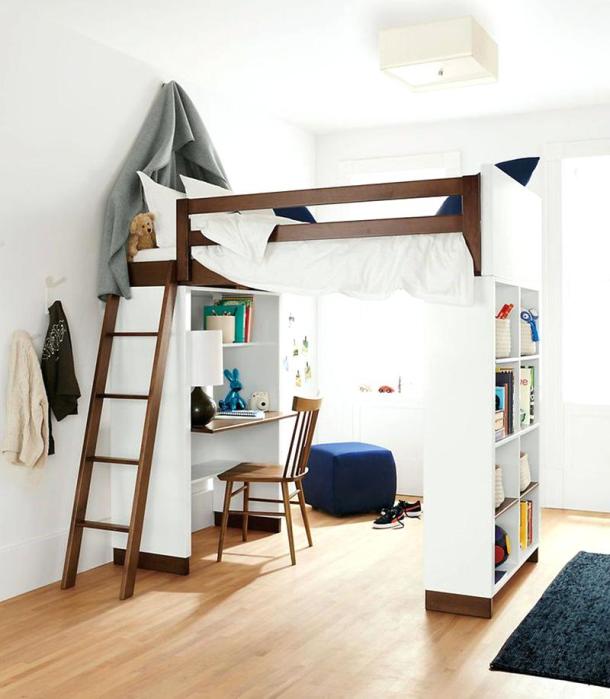 2. Add outdoor living spaces to extend the use of your home. This can be a wrap-around porch, an outdoor eating area, a covered patio, or a sitting area to enjoy your wine/coffee and greet your neighbors in the front of your home.
2. Add outdoor living spaces to extend the use of your home. This can be a wrap-around porch, an outdoor eating area, a covered patio, or a sitting area to enjoy your wine/coffee and greet your neighbors in the front of your home.

3. Remove unneeded walls, opening up the floorplan and making it appear bigger. (For instance, many smaller homes in East Sacramento have a wall separating the kitchen from the living area that can be taken down with the addition of a new header beam by a licensed contractor.
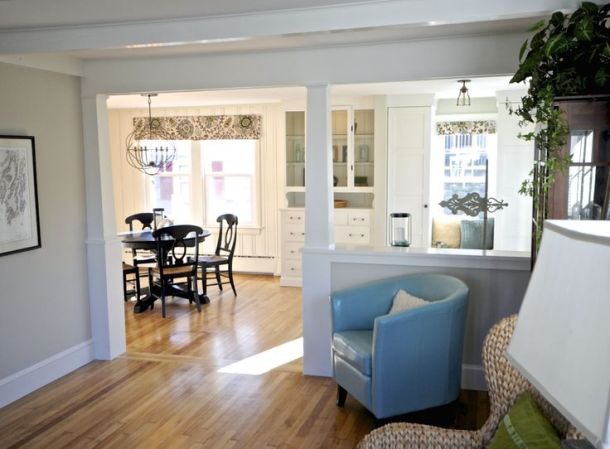
4. Add a breakfast bar across a window or even “floating” on the wall. Breakfast bars and counters save you a lot of space by eliminating the need for a whole table.
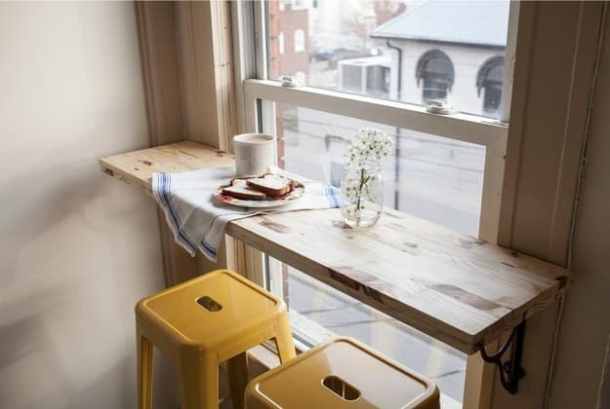
5. Use large mirrors to trick the eye into seeing the room as much larger than it really is. Mirrors are also great for spreading natural light.

6. Turn your eyesore fence into the highlight of your yard by covering it with vines, stone, colorful paint, strings of outdoor lighting, or other decorations.
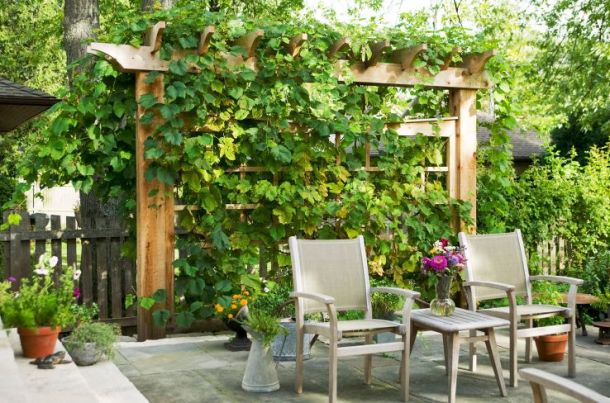
7. To maximize space and add more storage, install a loft over your desk or office, in the spare bedroom, or over your main garage area.

8. If you have a two-story home but are cramped for space, a contractor can transform your plain staircase into a storage dream. The stairwell is particularly spacious, and each riser can be turned into a separate drawer, too.

9. If you can’t remove walls (because of load-bearing issues), you can easily swap doors for sliding walls, opening up options for multi-purpose spaces.
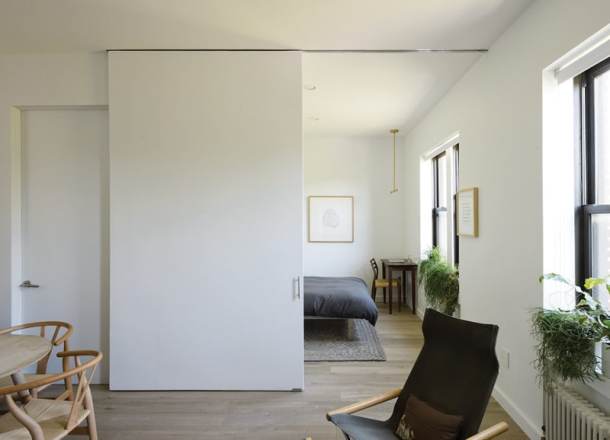
10. Or, reconstruct walls with interior glass panes, windows, or opaque materials that allow natural light to go pass.
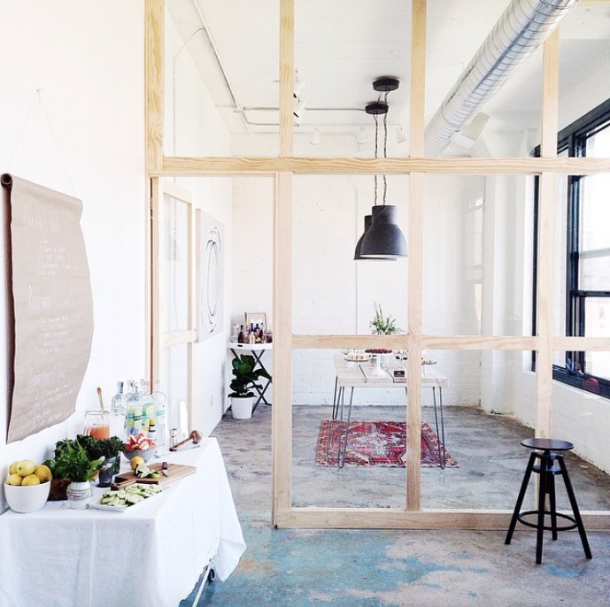
11. Adding a nice shelf over your kitchen sink (even across the window) frees up a lot of countertop space.
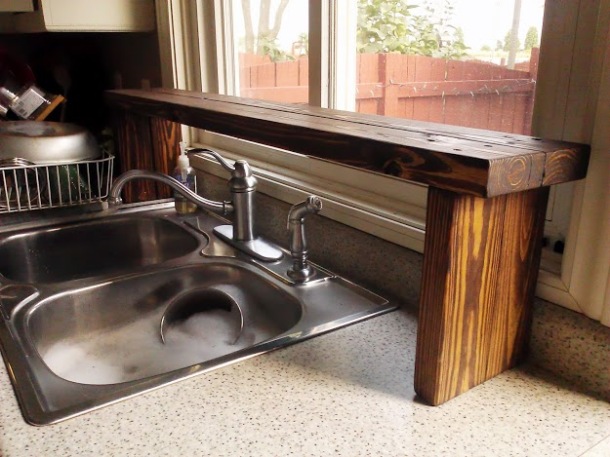
12. Too often, people think that they need to paint small rooms all-white to make them look larger and brighter. However, a fun and funky paint color can revive old cabinets, adding personality and interest in the kitchen.
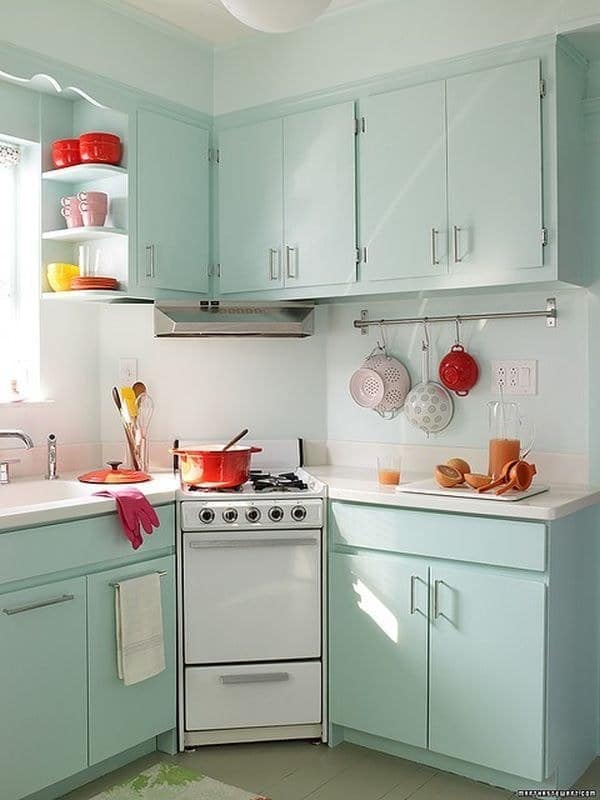
13. For bedrooms and living areas, try the opposite: go with a white motif and color pattern. Your place will look more modern and airy, and any color that you do have (like paintings, pillows, etc.) will really jump out!
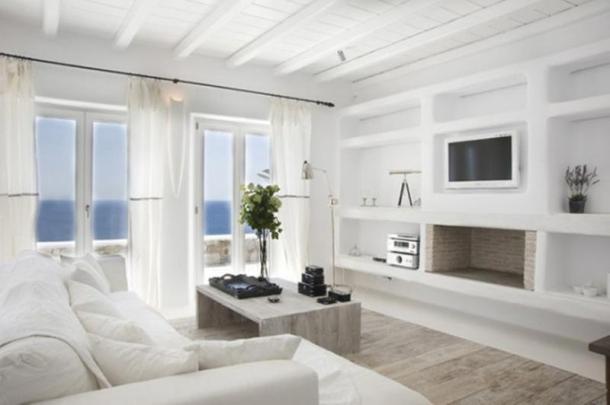
14. Just about any window can be expanded to a floor-to-ceiling window or French door!

15. Floating, fold-down, and floor-to-ceiling shelves are all great, but they still take up valuable airspace in your small home. However, you can easily build shelves into the recesses of each wall, so they’ll only slight protrude—or not at all.

16. Small bedroom with very limited storage space? Dreaming of a bigger bed—and a walk-in closet. You can actually have both by building a large sleeping loft in the bedroom that with a full closet underneath!

17. Postage stamp-sized backyard? Dreaming of a swimming pool on hot days? A small pool is better than no pool, and they make all sorts of easy-to-install pools that fit in any corner of your yard.

18. I love this idea;- make use of empty corners by building in small shelving. You can even hang rods in the bedroom and closets across corners to hang clothing.
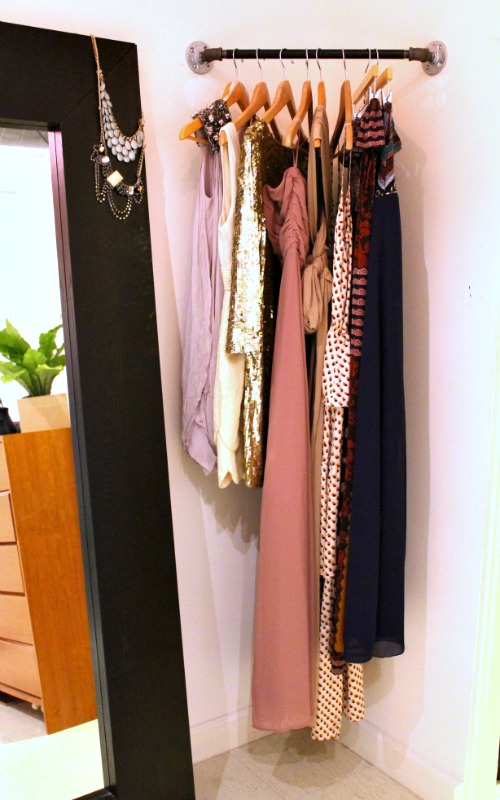
19. Not only can you use a floating desk, nightstand, or breakfast bar to save space, but they can actually fold down from the wall—and go back up again when you need the room.

20. Buy a bigger house! Problem solved!

 Every homeowner wants to see their value on the rise, and every home buyer wants to purchase a property that has the potential to go way up in price. Of course, buying a beautiful, big home in the best neighborhood possible will ensure that happens, and there are also countless blogs and articles that go over how to boost your home’s value by improving its curb appeal, remodeling kitchens and bathrooms, and the like.
Every homeowner wants to see their value on the rise, and every home buyer wants to purchase a property that has the potential to go way up in price. Of course, buying a beautiful, big home in the best neighborhood possible will ensure that happens, and there are also countless blogs and articles that go over how to boost your home’s value by improving its curb appeal, remodeling kitchens and bathrooms, and the like. When it comes time to selling your home, everyone wants to walk away with as much profit as possible when the ink dries. So, I’ve put together this list of 10 ways to do just that based on my experience selling homes for top dollar, housing sales data, and industry research.
When it comes time to selling your home, everyone wants to walk away with as much profit as possible when the ink dries. So, I’ve put together this list of 10 ways to do just that based on my experience selling homes for top dollar, housing sales data, and industry research.